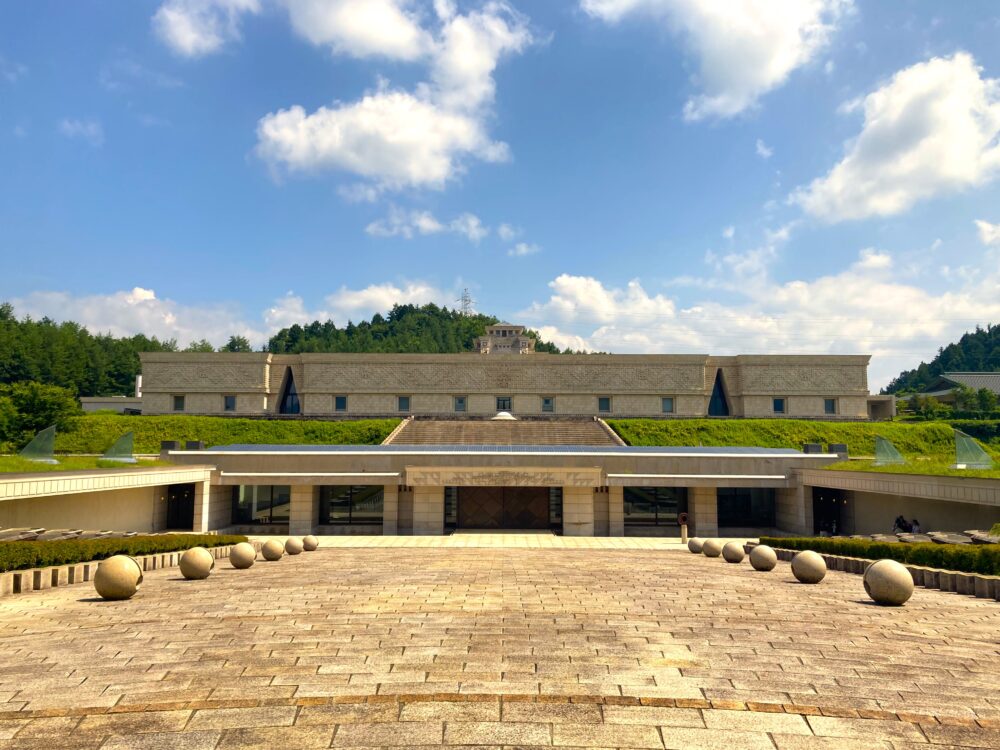
Discover the “Hikaru Museum” – An Art Space in Historic Takayama
Perched on a quiet hill in Takayama, Gifu, the Hikaru Museum is a unique complex where art, history, and a touch of mystery come together. Surrounded by the nature of the Hida region, this museum has welcomed locals and travelers alike since it opened in 1999.
The first thing that strikes visitors is its massive scale. The grounds cover about 75,753 square meters—roughly 1.6 times the size of Tokyo Dome. From the moment you arrive, you know this isn’t just another art museum.
The Courtyard Pyramid
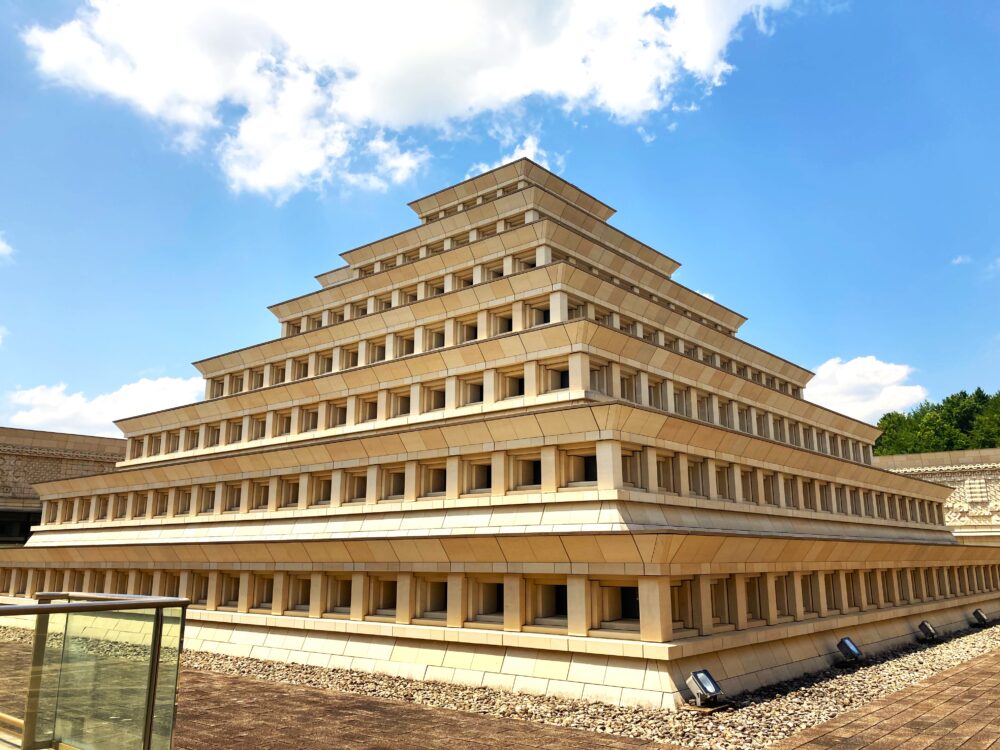
The museum building has an unusual layout: three floors underground and just one above ground. Its most iconic feature is the pyramid standing in the central courtyard, modeled after the El Tajín pyramid in Mexico, a UNESCO World Heritage site. It’s a must-snap photo spot that leaves quite an impression.
Inside, you’ll find warm, textured earthen walls crafted by local plaster master Shuhei Hasado. His design brings a natural warmth that softens the exotic, almost ancient feel of the architecture. That balance of foreign and familiar makes the space surprisingly welcoming.
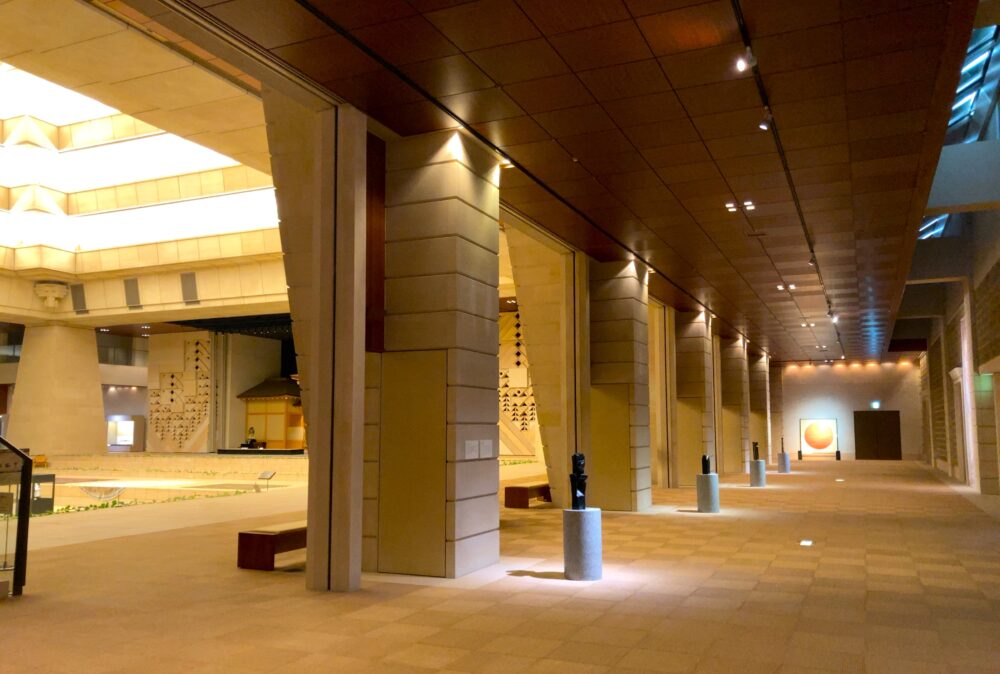
Exhibitions & Events
The Hikaru Museum offers a wide range of exhibits.
- The Human History Gallery displays ancient artifacts and fossils.
- The Hida Gallery introduces the region’s natural history and culture.
- The Art Gallery features treasures of Japanese art, including all 46 prints of Hokusai’s Thirty-Six Views of Mount Fuji and the national treasure sword Tachi Mei Yasutsugu.
Another highlight is the Pyramid Hall, which houses a movable Noh stage. Traditional Noh and Kyogen performances are held here, and in recent years the space has even been used for live concert recordings by popular artists.
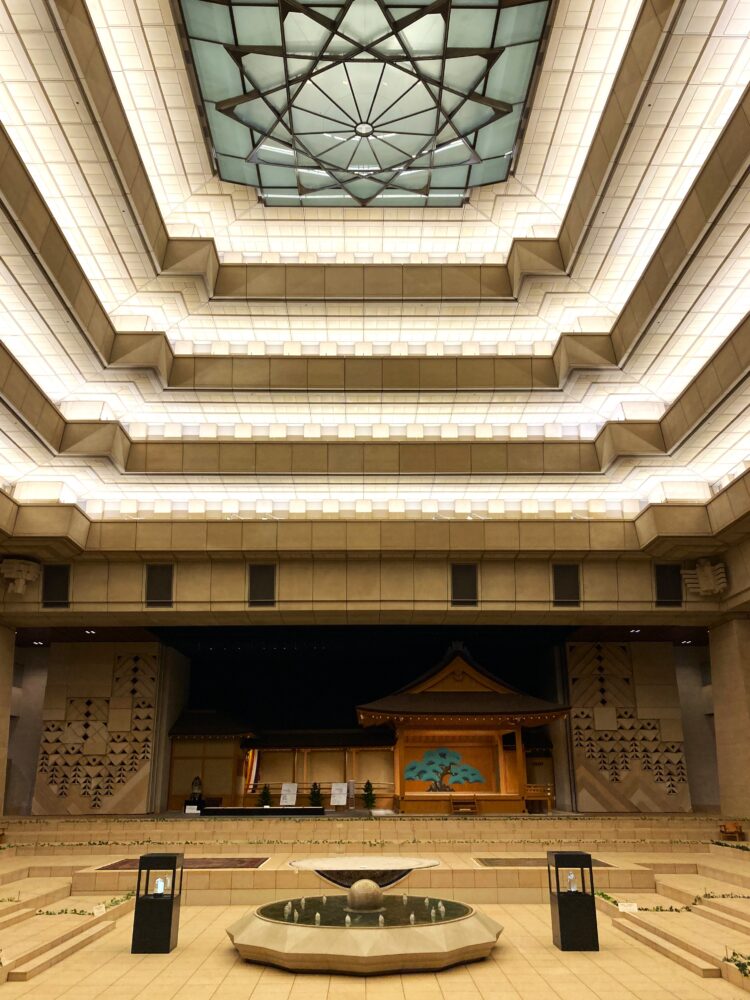
The Hikaru Museum is not just a place to learn facts—it’s an immersive art space in itself. After strolling through Takayama’s famous old town, taking time here to soak in history and art will give your trip even more depth.
Every visit offers something new. This truly is a “sanctuary of light” in Takayama, and it’s well worth adding to your travel itinerary.
Highlights from the Hikaru Museum Collection
The charm of the Hikaru Museum isn’t just its impressive building or large-scale exhibits.
It also houses an excellent art collection, featuring masterpieces from both Western and Japanese artists.
Here are a few memorable works you’ll want to look out for when you visit.
Camille Corot
“Boat on the Shore (Ville d’Avray)” (c. 1865–1870)
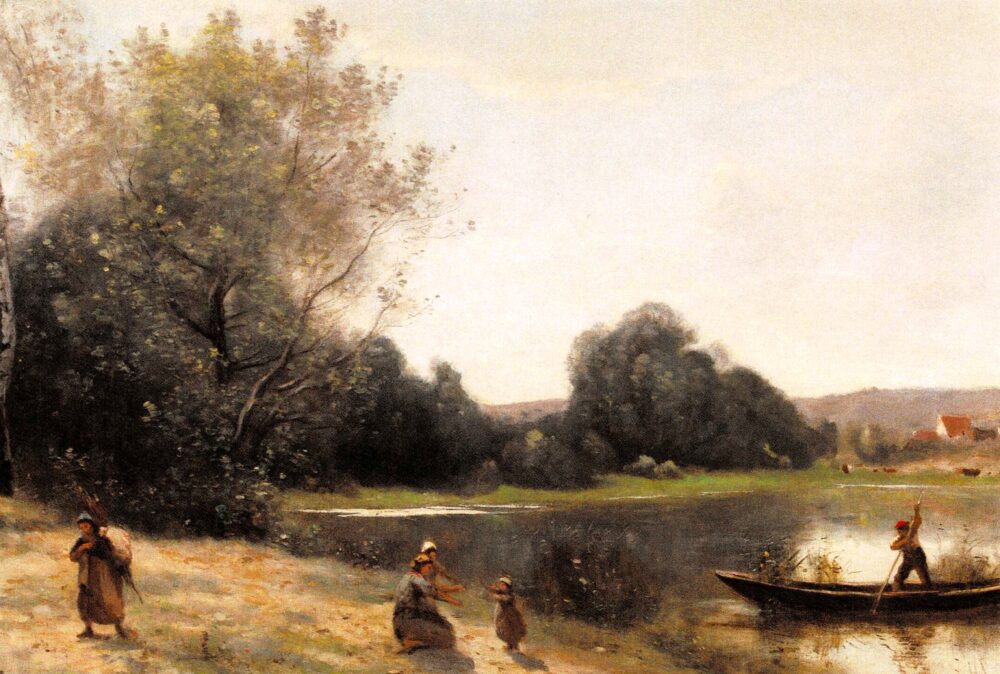
About This Work (Tap or Click to View)
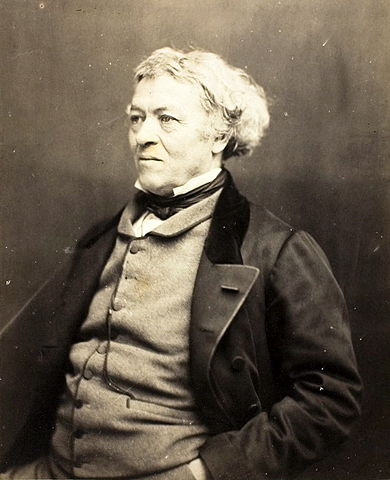
19th-century French painter Camille Corot is best known as a leading figure of the Barbizon School. He developed a unique style often called the “silver-gray” tone, which gave his works a misty, dreamlike quality.
You can see that signature touch in the trees on the left side of this painting. The soft gray hues create a quiet, almost otherworldly atmosphere, as if the scene is wrapped in morning fog.
In his early career, Corot painted landscapes exactly as he saw them. Later in life, however, he often painted from memory, turning real places into poetic, almost imaginary visions. That’s why his works feel both realistic and dreamlike at the same time.
Look closely at the figures in the scene—each seems to carry their own story, inviting you to imagine their world. The longer you gaze, the more you feel drawn into Corot’s landscape.
This is not just a painting to “see,” but one to truly “feel.”
When you visit the Hikaru Museum, take a moment to stand in front of it and let yourself be carried into Corot’s world.
Claude Monet
“Water Lilies” (c. 1903–1919)
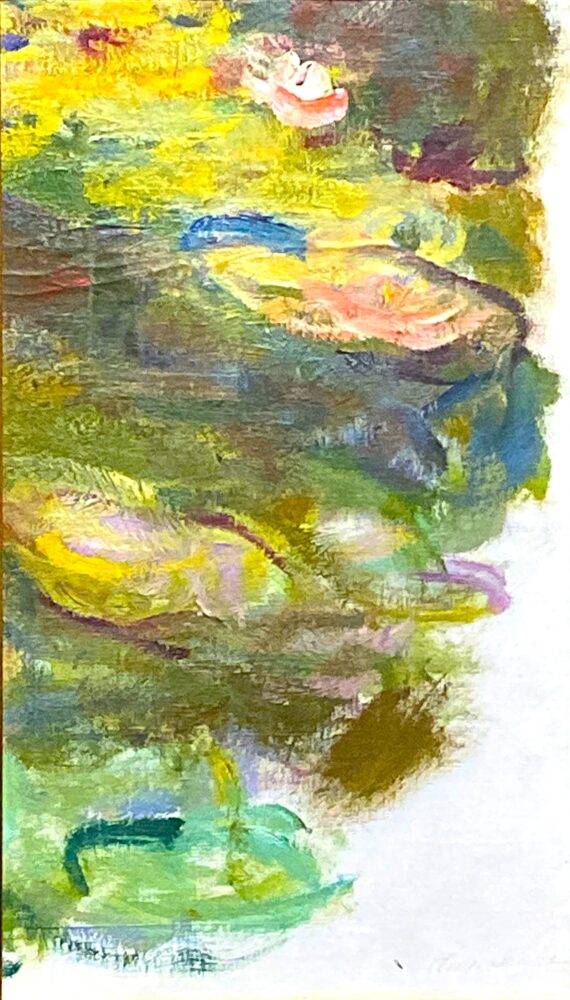
About This Work (Tap or Click to View)
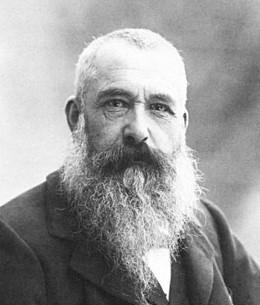
When you think of Impressionism, one name comes to mind: Claude Monet.
And at the Hikaru Museum, you can actually see one of his famous “Water Lilies” paintings—part of the series that became his life’s work.
At first glance, the painting bursts with vibrant colors across the water’s surface. But look closer at the lower right corner and you’ll notice an unfinished space, almost like a sketch. The overlapping brushstrokes and shifting tones feel experimental, as if Monet was playing with new ways of capturing light and color.
What makes this piece even more fascinating is the timing. Around 1908, Monet’s eyesight began to deteriorate, sometimes so badly that he could no longer distinguish certain colors. Art historians believe this painting may have been created during that difficult period.
Seen in that light, this is more than just a “beautiful water lily.”
It becomes a deeply moving work where Monet painted the world as he believed he saw it, even while struggling with failing vision.
The canvas reflects not only his technique but also his determination to keep chasing the beauty of light and nature. When you visit the Hikaru Museum, take a quiet moment with this painting—you may feel Monet’s struggle and passion behind every brushstroke.
Camille Pissarro
“Apple Harvest” (1882)
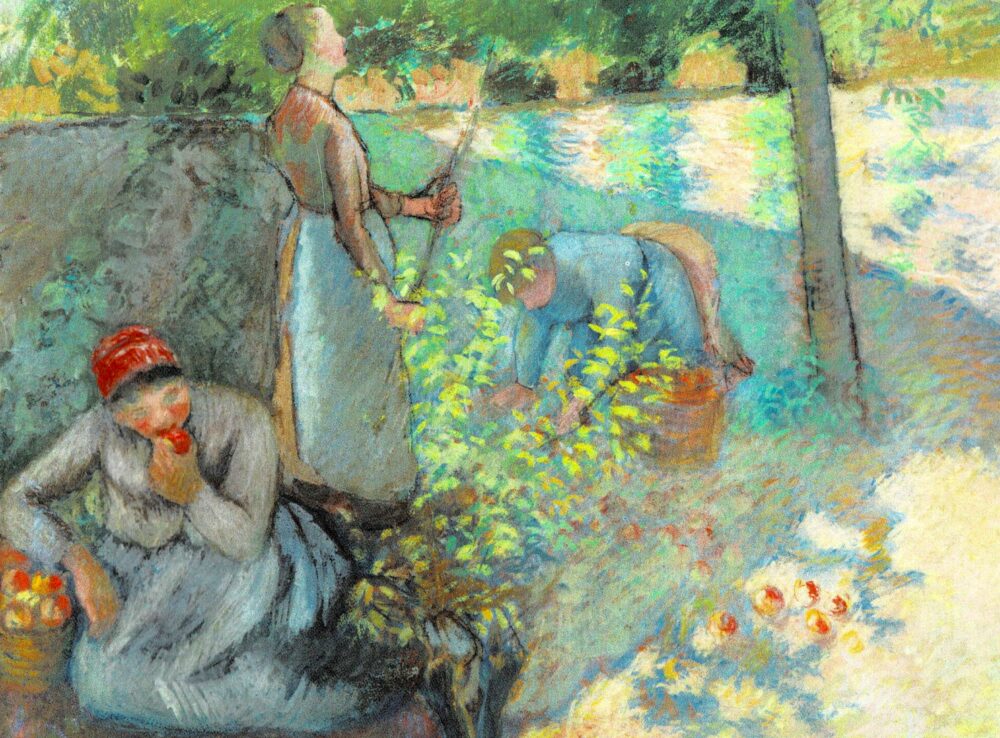
About This Work (Tap or Click to View)
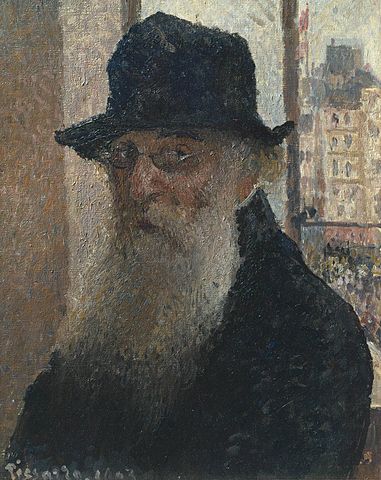
Often called the “elder statesman of Impressionism,” Camille Pissarro was not only the oldest member of the group but also one of the most adventurous. He experimented with new styles, borrowing techniques from Cézanne and later exploring the pointillism of Neo-Impressionism.
The Hikaru Museum houses his “Apple Harvest,” a work that reflects this spirit of experimentation. Rather than using traditional oil paints, Pissarro chose the ancient technique of tempera—a medium where pigments are mixed with egg yolk to create a luminous, clear color.
In the early 1880s, Pissarro deliberately set aside oil paints and worked with tempera and gouache instead. He was searching for new ways to capture the brilliance of natural light.
Looking at Apple Harvest, you can almost feel his determination to make colors brighter and more alive. The painting is less about polished perfection and more about an artist pushing boundaries, chasing the essence of sunlight in the fields.
Nearby in the same collection, you may also see works like Paysanne Bêchant (Peasant Woman Digging, 1882), done in gouache, which shows another side of his explorations during this experimental phase.
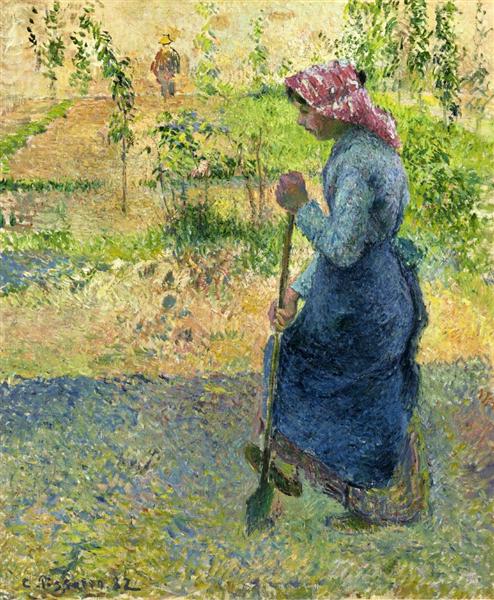
private collection
Vincent van Gogh
“Peasant Woman Laundering” (1885)

About This Work (Tap or Click to View)
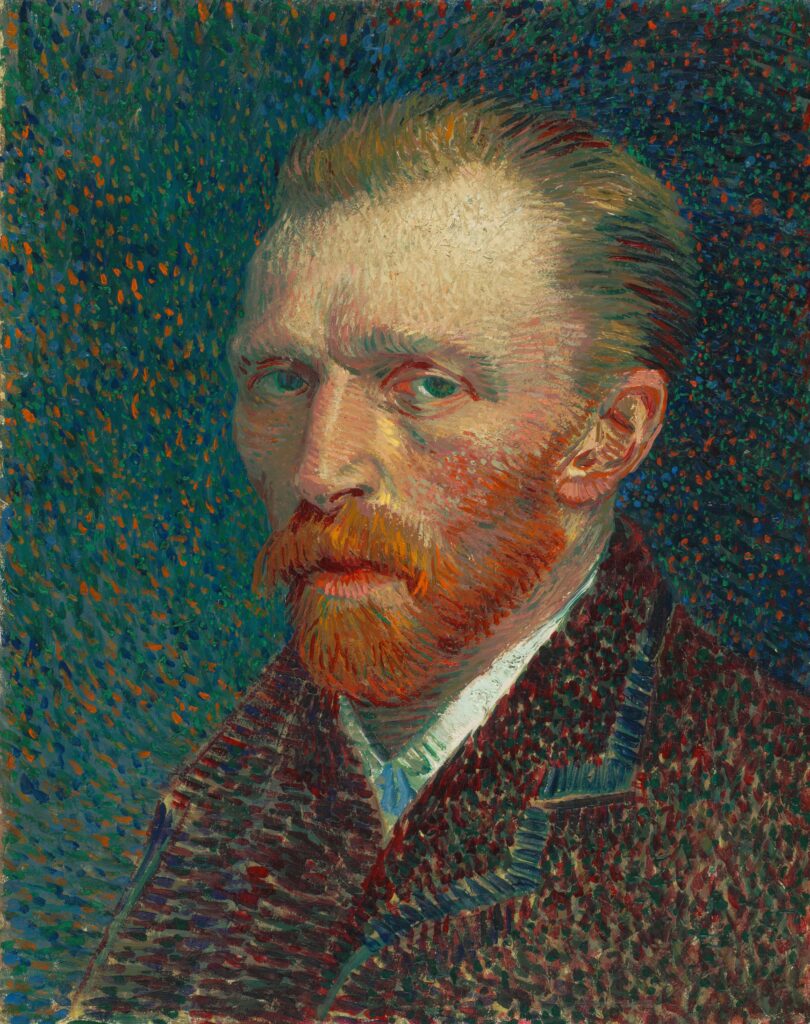
When you think of Vincent van Gogh, you probably imagine bold colors and dramatic brushstrokes—works like Sunflowers or Starry Night. But in the early years of his career, van Gogh created paintings in heavy gray tones, far from the vibrant palette he later became known for.
One example is Peasant Woman Laundering (1885). A solitary woman spreads out freshly washed clothes on the grass. The scene feels quiet yet carries a sense of hardship. At this time, van Gogh deeply admired Jean-François Millet, the French painter of rural life, and tried to capture the dignity and struggles of peasants with the same realism.
Another famous work from this period is The Potato Eaters (1885), now housed in the Van Gogh Museum in Amsterdam. While these early paintings went largely unrecognized during his lifetime, they reveal van Gogh’s true starting point: an artist searching for the human soul in everyday life.
Seeing Peasant Woman Laundering helps expand our view of van Gogh. He was not only a painter of bright flowers and starry skies, but also a deeply empathetic observer of ordinary people. At the Hikaru Museum, be sure to pause in front of this work—it shows van Gogh at his most honest and raw.
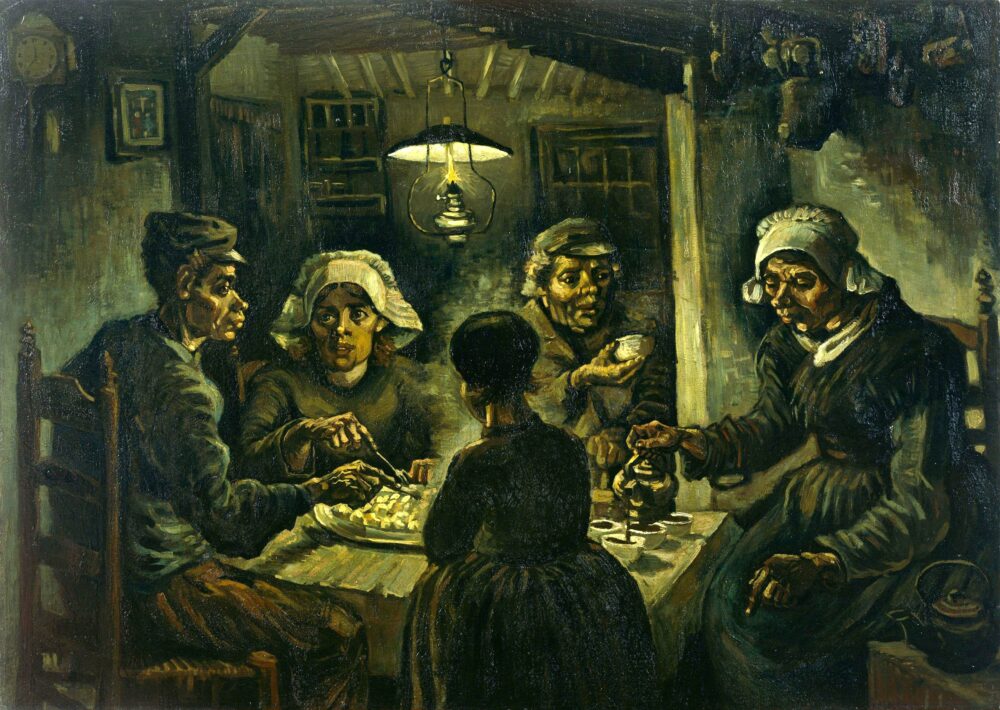
Colldection of Van Gogh Museum
Kanzan Shimomura
“Bryo-Togen (Utopia of Bryo)” (ca. 1889–1930)
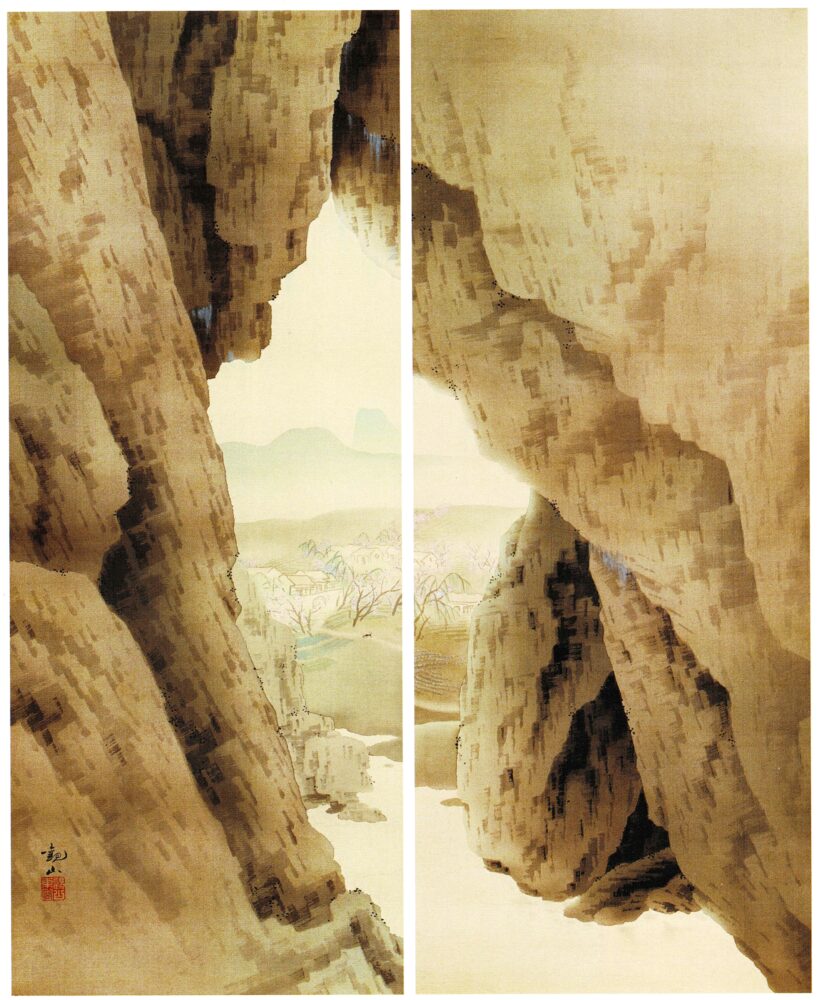
About This Work (Tap or Click to View)
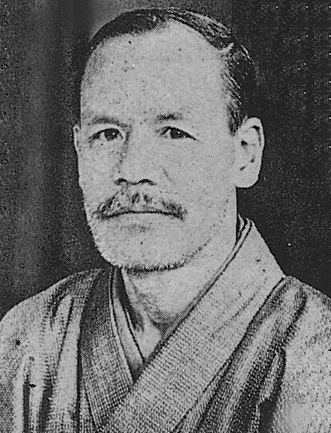
Kanzan Shimomura was a leading figure in modern Japanese painting.
He studied under Hogai Kano and Gaho Hashimoto, and later co-founded the Nihon Bijutsuin (Japan Art Institute) with Tenshin Okamura and Taikan Yokoyama, making major contributions to the development of Nihonga.
This pair of hanging scrolls, “Buryo-Togen (Utopia of Buryo)”, shows an imagined paradise glimpsed through rocky cliffs. The exact date of creation is unknown, but the unique composition—two scrolls forming a single scene that can even change its expression depending on how they are displayed—reflects Kanzan’s refined artistic sense.
Look closely and you’ll notice the foreground rocks are painted in a mosaic-like style, which makes the distant scenery with its soft colors and delicate brushwork stand out even more. The result is a balance of fine detail and gentle atmosphere, creating a serene and otherworldly space.
Kanzan spent much of his life at the forefront of the Japanese art world. Yet works like this suggest that perhaps he longed for a quiet, idealized place where he could simply immerse himself in painting. Thinking of it that way gives this artwork an even warmer, more personal touch.
Taikan Yokoyama
“Fuji-Reiho (Fuji Sacred Peak)” (c. 1936)
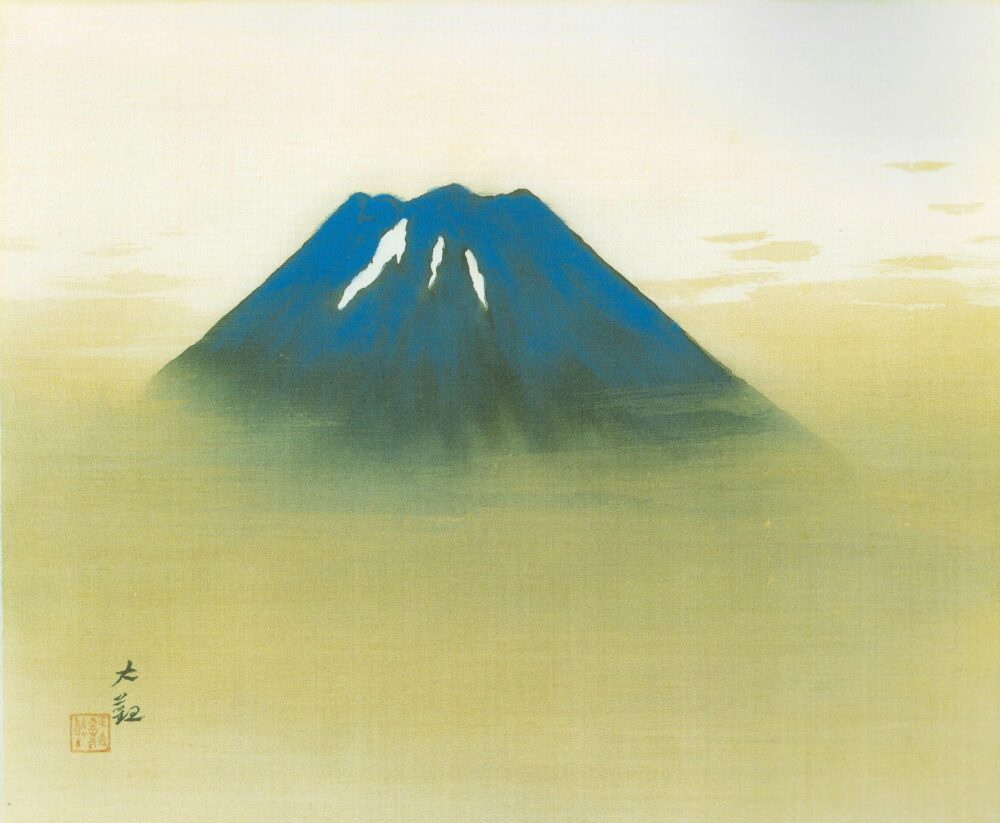
About This Work (Tap or Click to View)
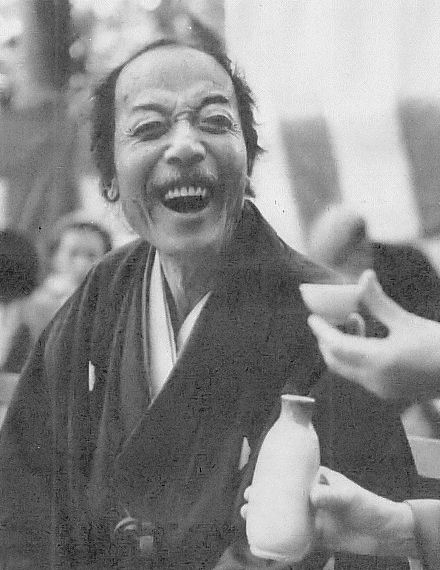
Taikan Yokoyama (1868–1958) is one of the giants of modern Japanese painting.
And when it comes to Yokoyama, the subject most people think of is Mount Fuji. He began painting Fuji in his 50s and went on to create an astonishing 1,500–2,000 works featuring the mountain—a true lifetime theme.
This piece, “Fuji-Reiho (Fuji Sacred Peak)” , is one of those masterpieces. The mountain rises boldly through soft layers of mist, with deep indigo slopes traced by streaks of lingering snow. The composition is surprisingly simple, yet the quiet intensity of the scene leaves a powerful impression.
Yokoyama once said about Fuji:
“Fuji is beautiful at all times and in all conditions. It represents an eternal form.”
For him, Fuji was never just a mountain. Depending on the time, place, and the painter’s own emotions, it could reveal endless faces and meanings. That is why it became such a central and inexhaustible subject in his career.
When you stand in front of this work at Hikaru Museum, don’t just see “a Fuji.” Take a moment and you may find your own Fuji reflected in the painting.
。
Conclusion
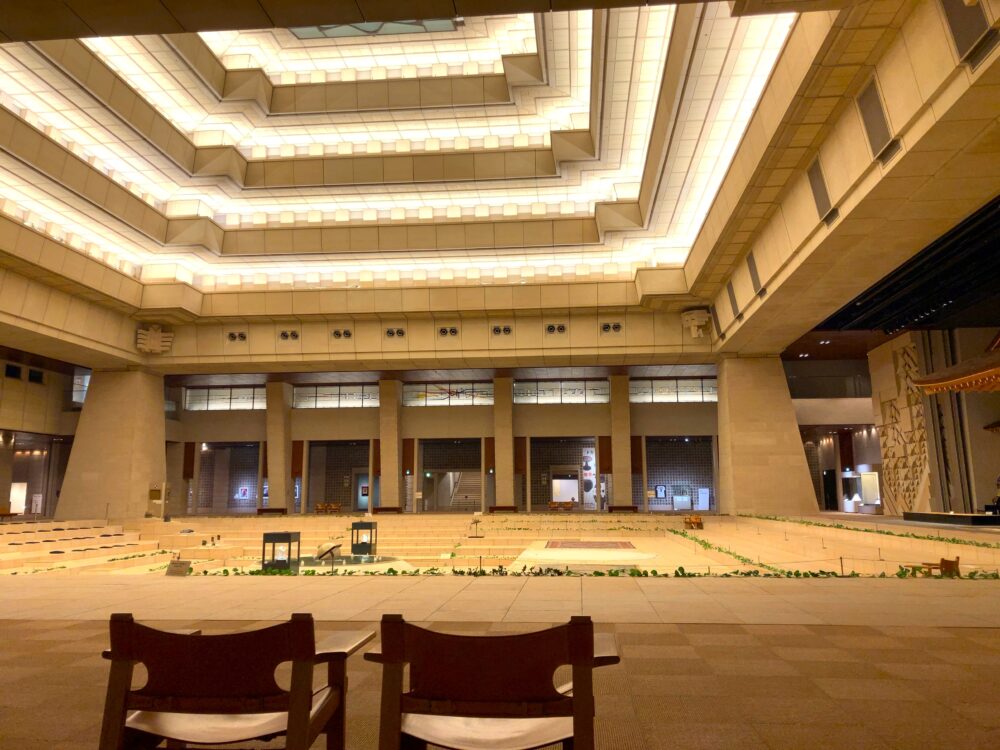
The biggest charm of the Hikaru Museum is its one-of-a-kind architecture. Just walking through the building feels exciting, but the collection itself is equally impressive, featuring masterpieces from both Western and Japanese art.
From Camille Corot, Claude Monet, Camille Pissarro, Vincent van Gogh, to Japanese masters like Kanzan Shimomura and Taikan Yokoyama—these world-class works will enrich your “artful moment” in Takayama.
In addition, the Human History Gallery and the Hida Exhibition Room showcase ancient relics, fossils, and regional history. This means visitors can enjoy not only fine art but also natural science and archaeology—making the museum a great choice for families, especially during summer vacations.
The Hikaru Museum is truly a “theme park of knowledge and art,” where both adults and children can have a fulfilling time. After exploring the historic old town of Takayama, why not take a short detour and discover this unique cultural space?
Hikaru Museum – Visitor Information
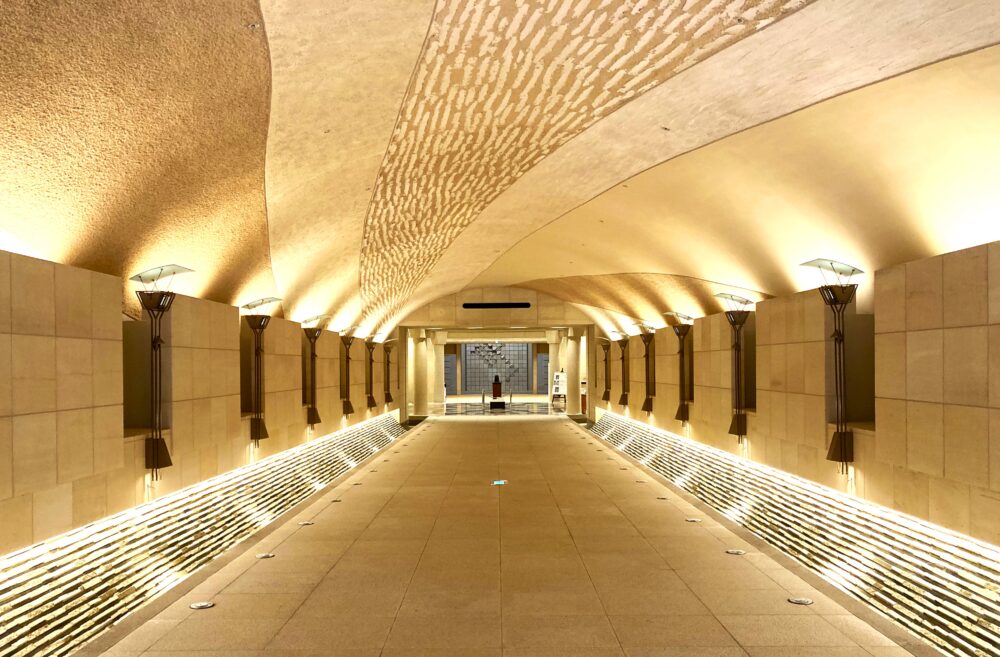
Location: 175 Nakayama-cho, Takayama, Gifu Prefecture
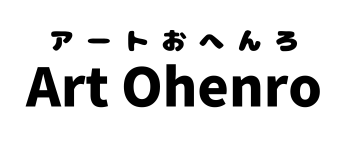

Comments